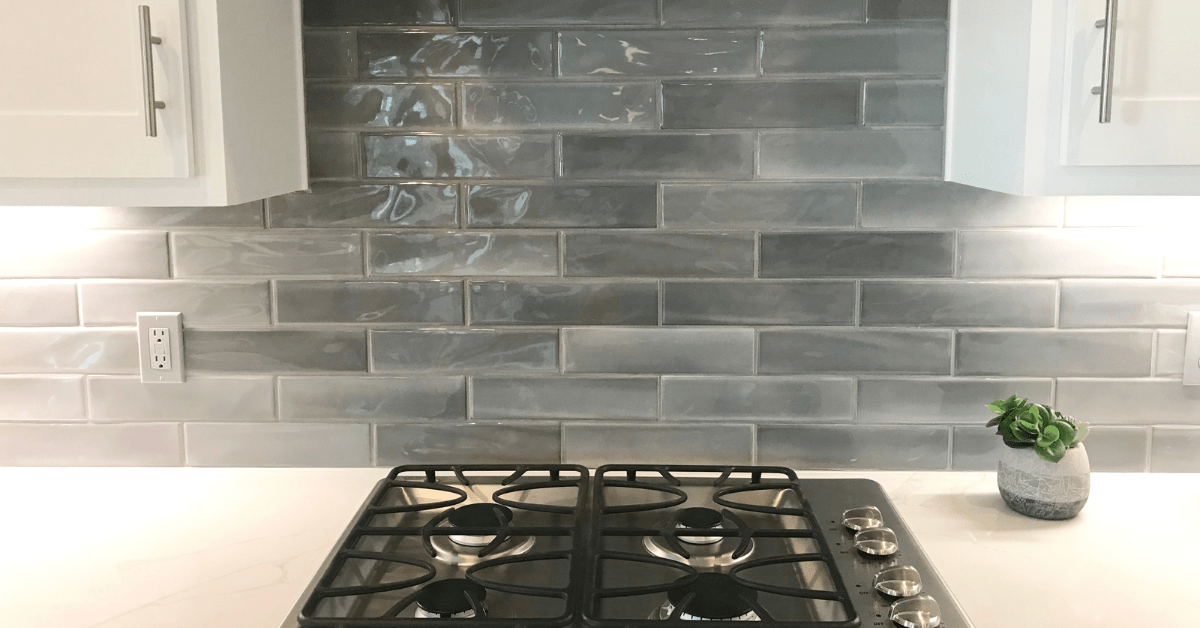Las Vegas now

Nearly a decade after the housing crisis, a changed city is emerging From the neon signs that advertise its casinos to the excesses on offer inside, Las Vegas is known for flash. Though the city came to occupy its corner of Southern Nevada for practical reasons (most importantly, proximity to a spring), Las Vegas?s planners and developers have long had grand ambitions when it comes to design and aesthetics. They?ve hired starchitects to craft buildings and allowed a high-profile CEO, Zappos?s Tony Hsieh, to attempt a large-scale remake of downtown.
These moves have drawn attention. Less talked-about are the city?s efforts to recover from the financial collapse nearly 10 years ago: Planned buildings remain unfinished (or never began construction in the first place), homes sit vacant, and residents struggle to find affordable housing. As Las Vegas continues to experiment with solutions to these problems, and simultaneously with innovations in energy and transportation, a new city is quietly emerging.
In these stories, we dive into Vegas?s recent attempts at citymaking, from the failures, like Norman Foster?s demolished The Harmon, to the successes, like the big casinos? little-known attempts to become more sustainable and the city?s efforts to house its homeless population.
As Las Vegas moves ahead in solar energy, autonomous and electric transportation, and walkability, what?s happening in Vegas might not stay in Vegas?soon it could be happening in cities everywhere. ...
| -------------------------------- |
| Live talk with Dutch Design Week about the intimacy of the workspace | Dezeen |
|
|












